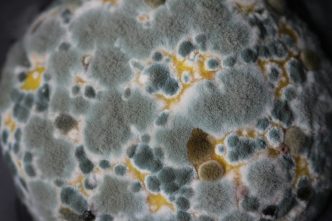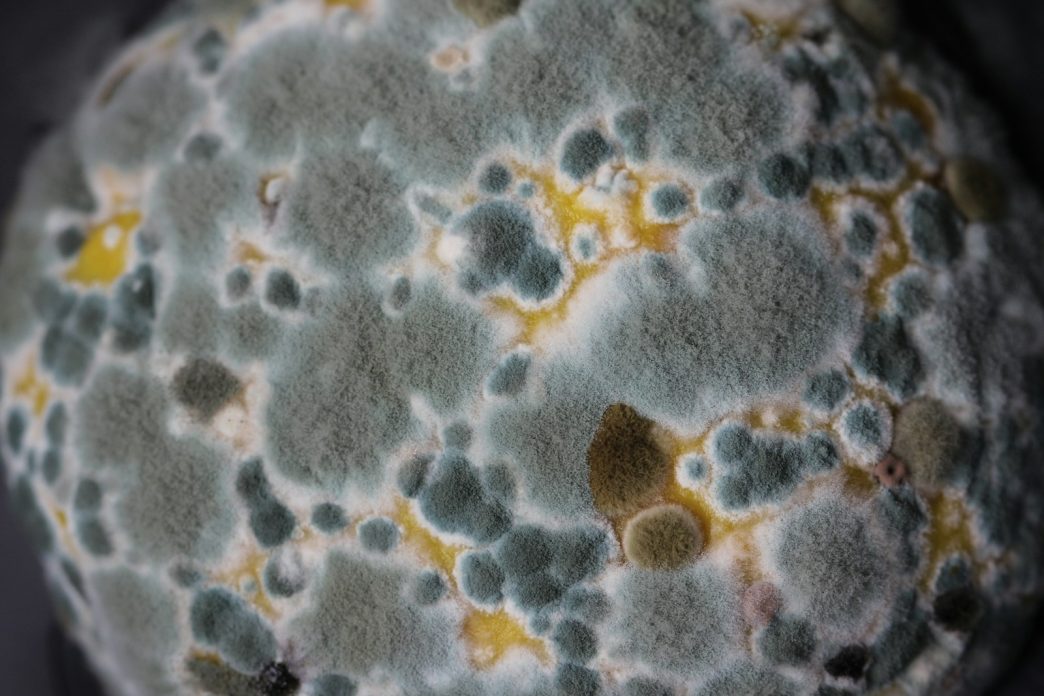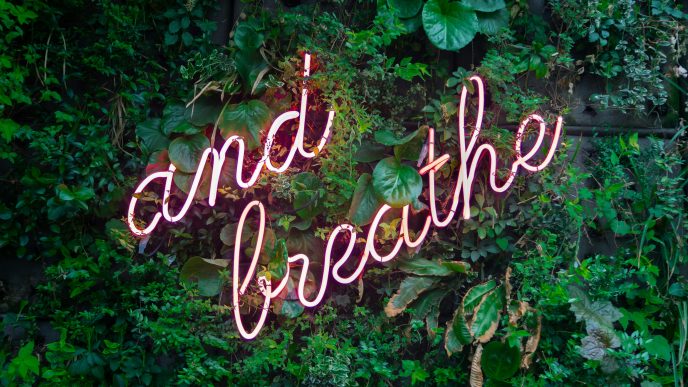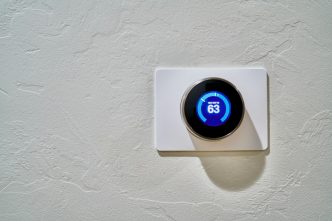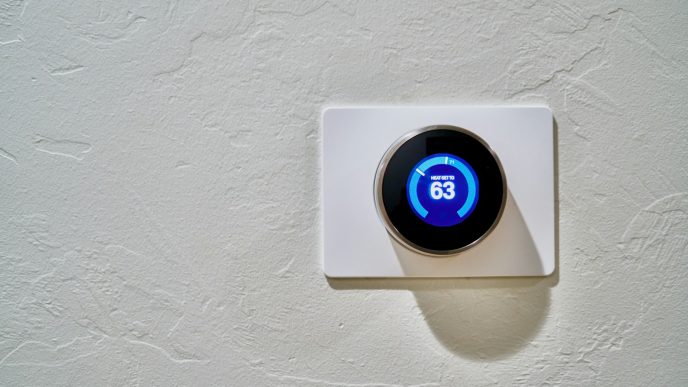Mold can be a persistent problem in homes, especially in areas prone to humidity and moisture, like Tampa, FL. Mold spores thrive in damp environments, making basements, bathrooms, kitchens, and attics ideal breeding grounds. Left unchecked, mold can compromise not only the structural integrity of a home but also the health of those living in it. Recognizing the early signs of mold growth and knowing when to seek professional remediation can save homeowners from costly repairs and health complications. Here’s what to look for and how to address mold issues effectively.
Recognizable Signs of Mold Infestation
- Persistent Musty Odor One of the most common indicators of hidden mold growth is a persistent musty or earthy smell. Even if mold isn’t visible, its presence often becomes apparent through its odor, particularly in enclosed spaces like basements or under sinks. This smell may intensify after rainfall or in humid weather, making it a critical warning sign that mold is present.
- Visible Mold Growth Mold often appears as dark spots or patches on walls, ceilings, and other surfaces, especially in areas exposed to moisture. Mold can range in color, from black and green to white, gray, or even orange, depending on the type and material it grows on. While some mold may look like ordinary dirt, it can grow quickly and spread over a large area if left untreated.
- Water Stains and Discoloration Water stains on walls, ceilings, or floors are often precursors to mold growth. When a surface is exposed to moisture, mold spores can settle and begin to grow, leaving tell-tale signs of discoloration. Yellowish or brownish stains, often around window frames, under sinks, or along baseboards, signal water intrusion, which creates the perfect environment for mold to thrive.
- Health Symptoms Among Occupants Mold exposure can trigger various health issues, especially for individuals with allergies, asthma, or compromised immune systems. Symptoms may include persistent coughing, sneezing, nasal congestion, itchy eyes, and respiratory irritation. Those with chronic respiratory conditions might experience worsening symptoms, including asthma attacks or increased shortness of breath.
- Warped or Peeling Paint and Wallpaper When moisture seeps behind walls, it can cause the paint or wallpaper to warp, peel, or bubble. This structural damage often points to a hidden mold problem. Walls affected by mold growth tend to feel damp and may crumble upon touch, making it essential to check behind affected surfaces for hidden mold colonies.
- Condensation on Surfaces If you notice frequent condensation on windows, pipes, or walls, it could indicate a moisture problem that may lead to mold. Condensation creates a favorable environment for mold to develop, as it keeps surfaces moist over an extended period. This issue is common in poorly ventilated areas such as bathrooms and laundry rooms.
Steps to Take When You Suspect Mold
- Conduct a Preliminary Inspection Start by inspecting the areas where mold is most likely to grow. Basements, bathrooms, and kitchens are hotspots, along with any place in the home that may have recently experienced leaks or flooding. Look for visible signs of mold, water stains, and damp areas.
- Address the Source of Moisture Mold thrives in damp environments, so identifying and fixing the source of moisture is crucial. Whether it’s a leaky pipe, roof damage, or condensation issues, controlling humidity and preventing water intrusion can help inhibit mold growth. Ensure that your home has proper ventilation, particularly in moisture-prone areas, and consider using a dehumidifier to keep humidity levels low.
- Consider Professional Mold Testing In cases where mold is not immediately visible but there’s a strong odor or health symptoms, professional mold testing may be beneficial. Testing can determine the extent of mold growth and identify the types of mold present, which is essential information for effective remediation.
Why Professional Mold Remediation Is Essential
While DIY mold removal solutions are popular, professional remediation is often essential for larger infestations or mold growth in hard-to-reach areas. Mold remediation services provided by experts, such as The Water Damage Pros of Tampa, ensure a comprehensive and safe approach to tackling mold.
- Thorough Inspection and Assessment Professional mold remediation companies begin with an in-depth inspection to identify affected areas and assess the severity of the infestation. This step is essential to create an effective remediation plan that targets both visible and hidden mold growth.
- Advanced Remediation Techniques Remediation specialists use industry-standard techniques and tools, such as HEPA vacuums and antimicrobial treatments, to safely remove mold and prevent its spread. These methods are particularly useful for porous materials where mold can penetrate deeply, like drywall and carpets, and ensure a thorough cleanup that DIY methods often can’t achieve.
- Preventing Mold Recurrence Experienced mold remediation professionals understand how to prevent mold from returning. By addressing underlying moisture issues, implementing proper ventilation solutions, and applying preventive treatments, they help create an environment where mold is less likely to regrow.
Handling Mold Remediation in Tampa, FL
For residents in Tampa, mold remediation is an especially pressing concern given the city’s humid climate. The Water Damage Pros of Tampa, a trusted provider of mold remediation services in the area, emphasizes the importance of quick action and professionalism when dealing with mold infestations. With their IICRC certification, their team is well-equipped to provide comprehensive remediation, addressing both the visible mold and the underlying moisture issues that encourage mold growth.
Their services are designed to restore peace of mind to homeowners in Tampa, offering not only expert removal but also preventive guidance to safeguard against future mold issues. The Water Damage Pros of Tampa stand out in the industry for their commitment to transparency, honesty, and quality workmanship, helping homeowners regain a healthy, mold-free living space.
Preventing Mold Growth in the Future
Once mold remediation is complete, adopting preventive measures can help maintain a mold-free home. Here are some practical tips to consider:
- Control Humidity Levels: Keeping indoor humidity below 60% is ideal for preventing mold. Use a dehumidifier in moisture-prone rooms, especially during humid months.
- Ensure Proper Ventilation: Bathrooms, kitchens, and laundry rooms are common sites for mold due to high humidity levels. Ensure these areas are well-ventilated, and consider installing exhaust fans if they are not already in place.
- Fix Leaks and Water Issues Immediately: Promptly addressing leaks in roofs, walls, or plumbing can prevent moisture from building up and creating a mold-friendly environment.
- Clean and Dry Wet Areas Promptly: If you notice water pooling in certain areas or after cleaning, ensure that the area is dried thoroughly. Regularly cleaning and drying damp surfaces can prevent mold from taking hold.
- Monitor Indoor Plants: While indoor plants can improve air quality, overwatering them can lead to mold growth in the soil. Be cautious and place plants in well-ventilated areas to avoid unnecessary moisture buildup.
When to Seek Help
Mold growth can escalate quickly, and attempting to handle it without the right knowledge or equipment can lead to incomplete removal and potential health risks. If you notice multiple signs of mold in your home or suspect a significant hidden infestation, it’s best to consult a professional service.
In Tampa, The Water Damage Pros have built a reputation for delivering compassionate, efficient mold remediation. They offer 24/7 availability and have a dedicated team that understands the unique challenges posed by Tampa’s humid environment. With a focus on honesty and quality service, their team provides reliable, lasting solutions to address and prevent mold growth effectively.

